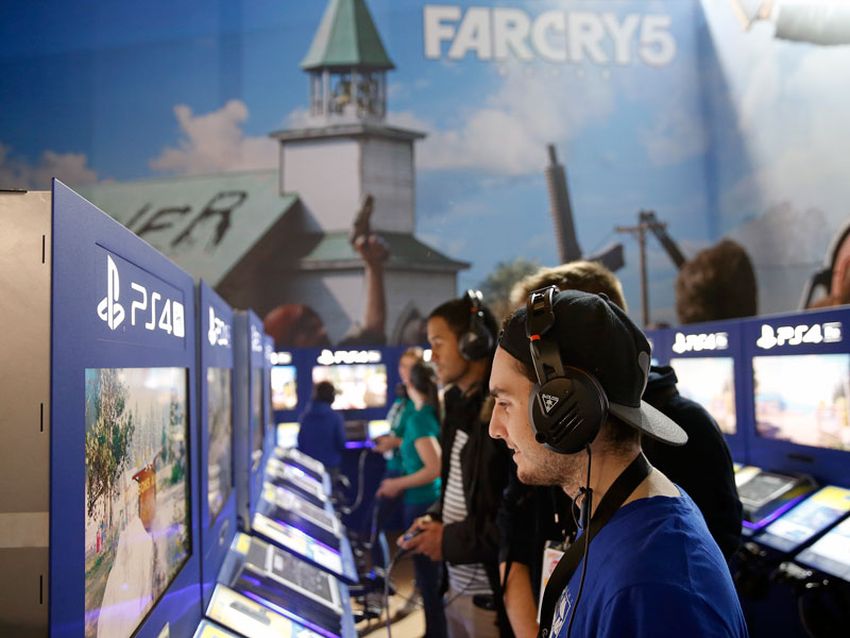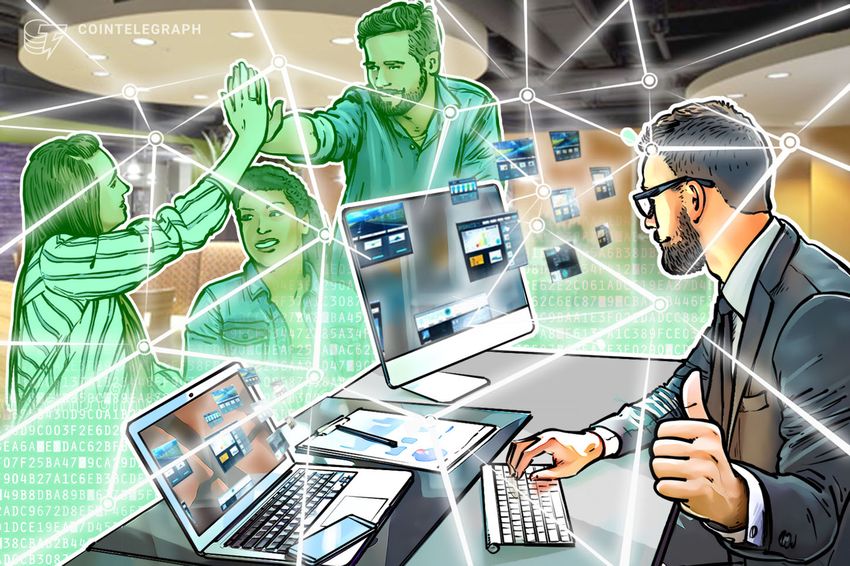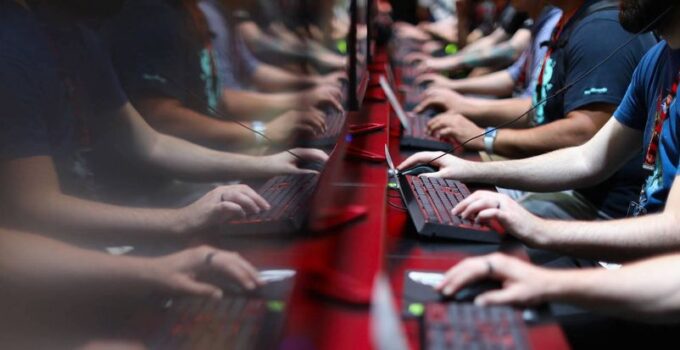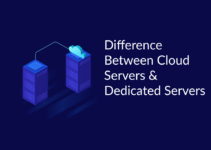How does the blockchain work?
Imagine a spreadsheet that is duplicated thousands of times through a computer network. Then imagine that this network is designed to update this spreadsheet regularly and you already have a basic knowledge of the blockchain.
The information contained in a blockchain exists as a shared database – and continuously updated. This is a way to use a network that has obvious benefits. Stored by millions of computers simultaneously, their data is accessible to anyone on the Internet.

source:blog.goodaudience.com
Beyond Crypto Kitties:
According to Gamingrig.com, if the industry were a living being, the games based on Blockchain technology were babies without baby teeth. The start date for games based on blockchain networks, sometimes also named cryptographic games, is often historically set in 2013 with games like HunterCoin. By playing this video game and completing the different tasks, players can earn cryptocurrencies, and spend it in the same game.

source:cryptokitties.co
The first efforts were often closely linked to the world of active crypto, with several games that initially allowed players to win and spend their Bitcoin.
The use of the blockchain means that the pedigree and the property of each kitten are illegible. It quickly became prevalent, with a virtual cat sold for the equivalent of $ 170,000. But this game boom generated a slowdown in the Blockchain network, the blockchain network in which CryptoKitties worked.
For the average computer player, many of the first blockchain-based video games probably suffered from many limitations. However, this industry is changing and evolving. At the same time, the great game developers are beginning to explore the possibilities in Blockchain-based games.
A great change:
While HashCraft remains a prototype and it is not a certainty that it will be launched, it shows some of the benefits that the blockchain can offer to computer games in general, not just games that are built in a blockchain.

source:blog.goodaudience.com
Player ownership of game assets is a central area in development:
In traditional video games, game elements and player characters, skins are owned by game developers. They, and the games, often run on centralized servers, which when shutting down the average game. The storage of the elements and characters in the blockchain allows a decentralized and immutable property registry that can be separated from the game company and its servers, which makes each user the true owner of the effort spent on the game.
This, in turn, can help make the virtual assets in the game more valuable, liquid and worthy of being collected, since the players own the virtual items. Trading virtual assets in the game in the blockchain through smart contracts allows transactions between peers that anyone can access in the blockchain, eliminating the need for centralized control.
At the same time, it eliminates some of the problems related to fraud and deception to the most naive players, which is typical in this kind of online game.

source:cointelegraph.com
The use of Blockchain technology in the area of online digital identity, and to safeguard your login data for various games can increase the overall security of video games. Fraud and accounts of pirated players are a familiar scourge throughout the industry.
For example, a December 2015 report indicated the operands mode of how 77,000 Steam accounts had been hacked each month.
Consequences may include the loss of personal confidential data, and perhaps even monetary loss, for the theft of credit card data. Through blockchain technology, game developers could easily create online directories where users could track the availability and shortage of various assets within the game.





